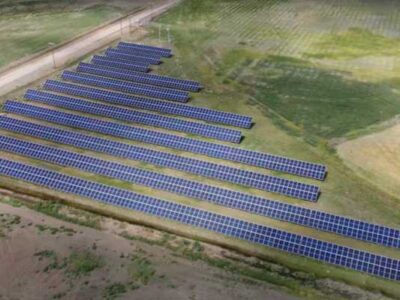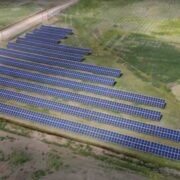Transparent conductive films are integrated in almost every electric ‘touch screen’ gadget we use for our daily activities. Devices such as smartphones, tablets, laptops, flat screens or (on a larger scale) solar cells all use these films.
The problem here is the cost and complex nature it takes to manufacture these films. But this may all change as researchers at Empa have succeeded in developing a method of producing such TCO films, as they are known, that is not only cheaper, but also simpler and more environmentally friendly.
These researchers at the Laboratory for Thin Films and Photovoltaics developed a water-based method of applying the TCO film made of aluminium and zinc salts onto a substrate — without a vacuum.
This method consumes less energy, and produces TCO films that are even more efficient–with the possibility of reduced thickness. This would allow the films to be used in flexible solar cells, further reducing the amount of material used.














Comments